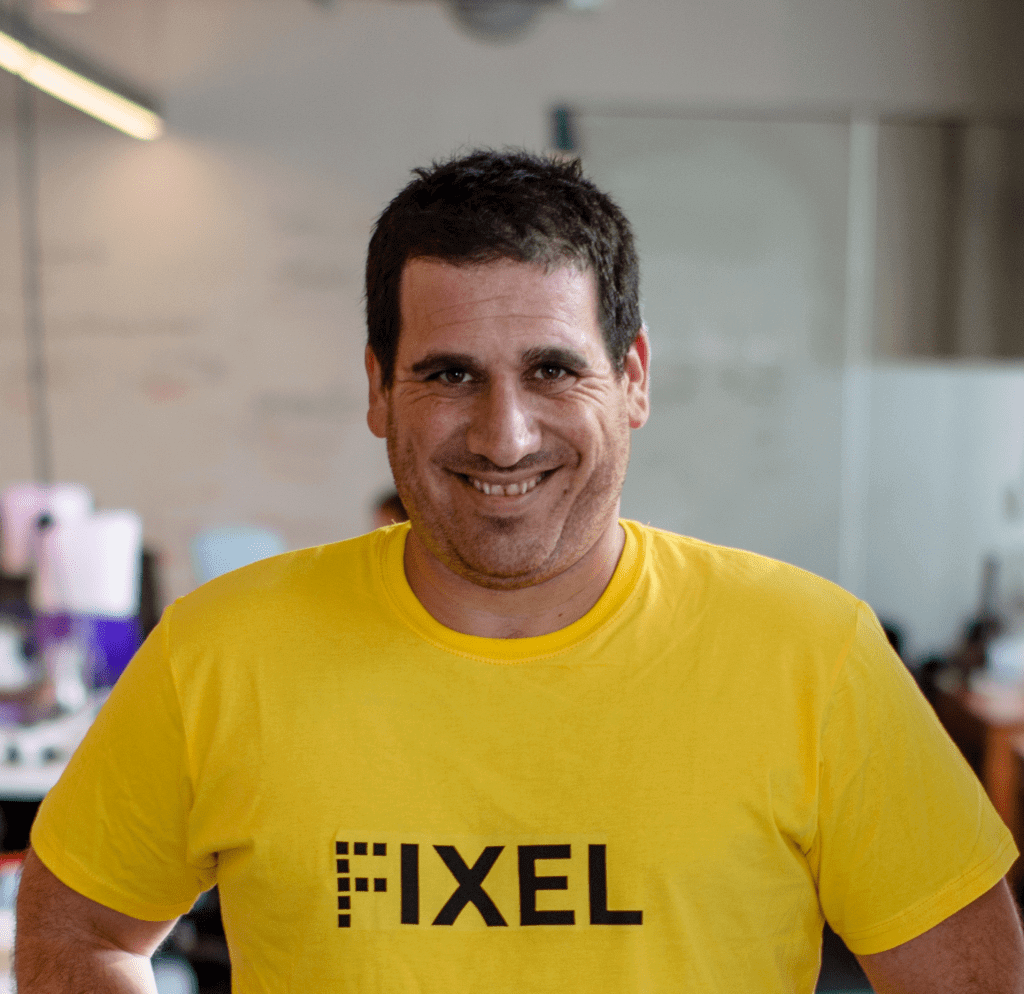In the Update Upgrade 2019, Etgar Spivak, CEO and founder of Fixel, lectured about the integration of advanced remarketing tools and unique content, to improve your campaigns.
Understanding Intent
This current post talks about intent. It leaves out funnels, because the reality is that there are a million of different funnels. We try to touch methods of user segmentation, so that you can create smarter remarketing and lookalike audiences and manage your media more effectively.
We also regard matching the creative messages to that intent.
So, What is Intent?
When we go down to the level underneath the buzzword of “user intent” we are talking about his intent to purchase. It is easy to present images of complex funnels, but in reality, very few users actually behave this way, and accordingly the vast majority of advertisers struggles in managing these funnels.
In many cases, there is an easily identified intent. A user who arrived in our website will perform a clear action, such as purchase or registering a newsletter, but also users who did something like adding to basket exposed their intent. The sum of these obvious actions arrives only to 8-10% of the website users.
In websites of hundreds and thousands of users, managing a great number of segments to analyze the remainder 90% of the users is a highly complex and mostly inefficient task

When you try to segment the website users, you can see that there are the 10% who made an obvious action like adding to the basket, and there are everybody else. From these, you can remove the low quality population, like those leaving within 5 seconds, but what I have seen, along the years of being a campaign manager, is that you have to work with the audience in the center of the funnel to arrive to the scale.

This behavior is identical to buyers models, like the famous AIDA model: Awareness, Interest, Desire, Action. But when observing the online behavior, you should analyze users who come back to complete a lead only after 12 visits or those who completed it after 3 visits. Building a linear funnel to such a segmentation is virtually impossible.
So what do we do? Generate segments according to “soft” behaviors that provide us with an approximation to the users’ purchase intent. In this post we shall survey a few options for such segmentation.
Time-Based Segmentation
This is one of the basic and most high-quality tools. In Facebook, this option is built-in to the advertising system. We can choose users based on the percentile of their staying time in the website (5, 10, or 25%)

For Google advertising, you can use Google Tag Manager, and easily crate time triggers for any page so that we know how much time did the user spend on the page (link to the guide).
This method is good for pages that have a deep contents, that is an offer which is more complex than “triple for 199 leave your details here”. In the e-commerce worlds, this works best when the traffic is referred to product pages.
Segmentation Based on Viewed Pages
Another tool I like to use, in Publishers worlds especially, is the number of view pages by the users. In e-commerce worlds, this tool is very useful for publishers that send traffic to category pages.
This method allows me to target only users who saw a significant amount of pages and regard them differently: bids, creatives, time window for remarketing, etc.
You can set up this follow up for Google and Facebook using GTM (link to the guide )

Scrolling Depth Segmentation
A third favorite method is to cut the users based on their scrolling depth on the page. The “deeper” the user scrolled, we assume his purchase intent is higher. This follow up can also be easily embedded using GTM for Facebook and Google using GTM (link to the guide)

Also in this case, I recommend to use this method only for pages with long contents, such as complex product pages or landing pages with a call for action at the bottom of the page.
How to Set the Threshold?
After creating the triggers and having the data in our advertising systems, we need to set the threshold we work by: watching three or five pages? Scrolling 50% or 90%? etc. There are certain ways to calculate this, but mostly I found that it is simpler to start with a certain anchor and correct it with time.
It is also possible to generate cuts in Google Analytics to find the balance between the audience with the high conversion rate and the scale that allows the insertion of more high-quality users to my targeting.
For instance, we created cuts of users based on Fixel’s quality levels (that include all the above mentioned parameters and more) and we saw the extent to which it is worth it to increase the scale to reach more high-quality users. In this case, the cut is made in Medium, where the conversion rate is high enough for us.
Using Audiences
After figuring out the optimal threshold for the audience, it is possible to talk about how to use these audiences. In the time we have been working with Fixel, we saw quite a few diverse uses for these audiences.
The reality is that only a certain percentage of the audience has the potential to generate sales for our business. Eventually, we figure out which of these audiences has the potential to generate conversion later on.
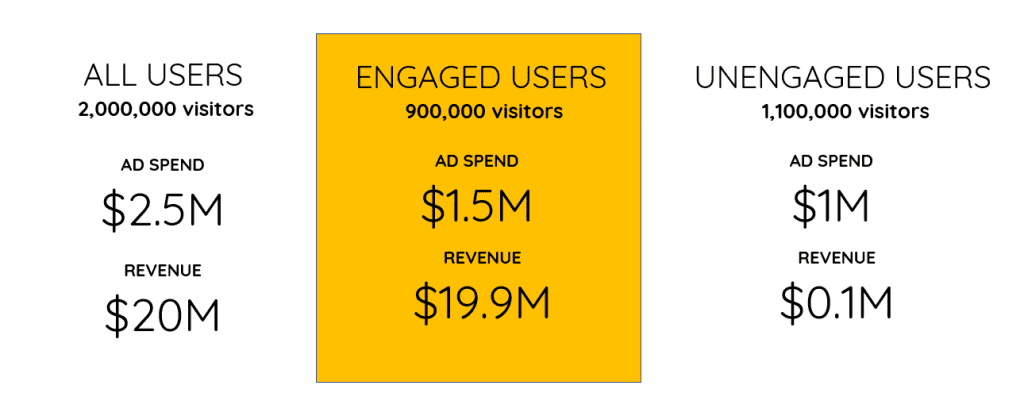
General Remarketing
If my action is a relatively wide remarketing I can use this method to get rid of irrelevant users. The differences in the conversion rates are 20-30% and more, up to hundreds of percents. From our experience, with clients like Super-Pharm, we saw huge differences in performance. Also a simple segmentation of the time spent on the site will initiate a significant difference in the campaign performance.
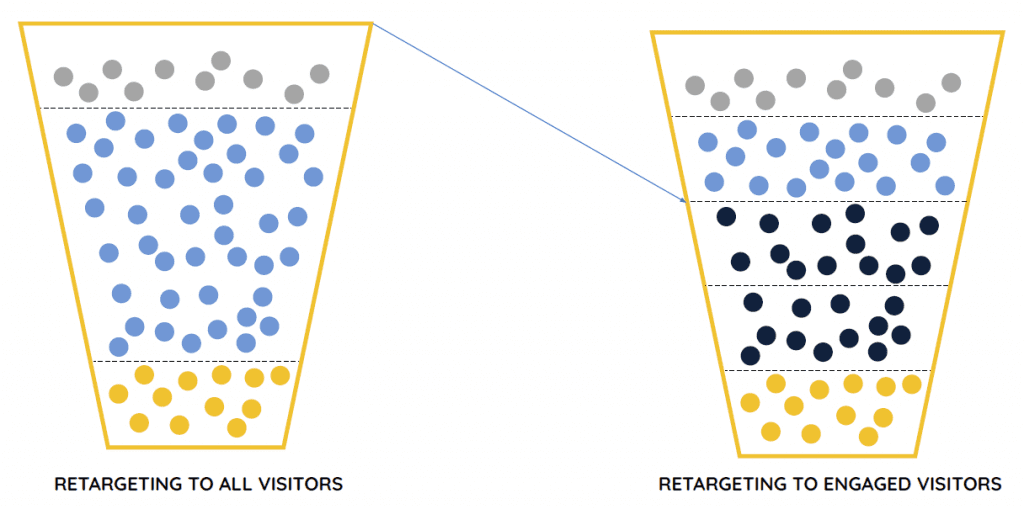
It is possible to integrate these segments with dynamic remarketing (DPA) by adding the audience to the viewed product campaign (under Advanced Options).

Most High-Quality Remarketing
In many cases, we see advertisers that work in a relatively conservative way, only by ROAS, and therefore they work on hot audiences such as Add to Cart. In this case we recommend to expand to other hot audiences of users who scrolled more than 75% or observed more than 5 pages on the website.
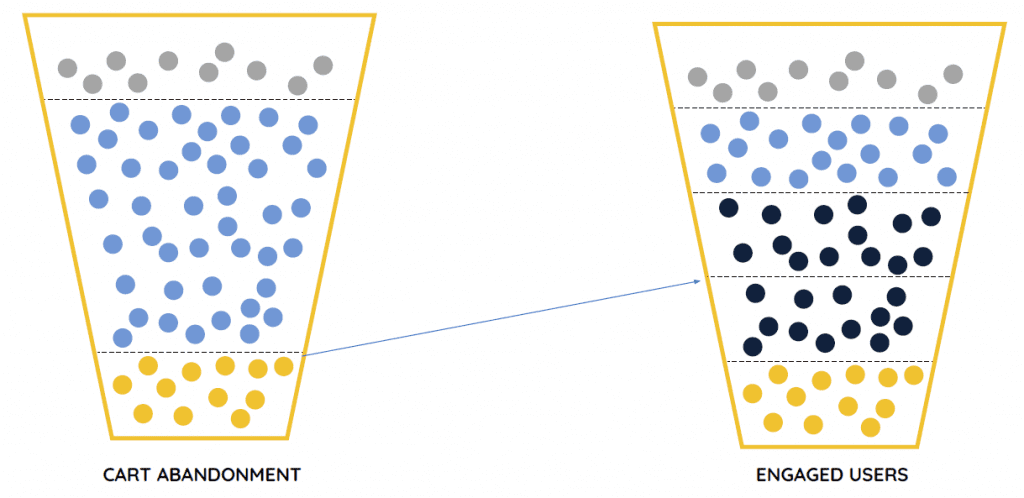
Wide Remarketing
An interesting trick found with quite a few advertisers, is a scaled use of the distance from the visit. This way, we create a reverse ratio between the user quality and the time we target it. A high quality user will receive ads for 30 days, and a non-quality user will receive ads for one day. This way we can achieve scale without compromising over non-quality users.

Lookalike
The creation of a good lookalike audience, requires a high-quality seed. For an audience to be considered high-quality three terms should exist:
- Size – Facebook’s official recommendation is an audience of 1000 users and more.
- Category – users who took interest in similar products or services in the website (for instance, running shoes or ballet shoes are different populations).
- Intent – the users are all in a similar stage in their purchase process.
If you have a large website, the best basis is the data about former purchases, but by LTV and category. Facebook has a tool that knows how to cut it in a structured manner that works amazingly. The difficulty is that most websites do not have enough data surrounding users who are similar enough to generate such a quality seed, and therefore we are required to perform cuts around an intent at an earlier stage.
For instance, we can derive an audience of all the users who visited the children’s shoes page and spent more than 60 seconds on the website. By this accuracy, we shall receive a focused audience from Facebook, and this audience can generate an improve of 20-100% in the campaign results.
Creative
Mostly, in remarking worlds, the logic is rather simple, a user has seen the 123 model of shoes, we show him the same shoes or similar shoes. But in the reality, it is impossible to detach the intent level from the right creative to show the user.
This way, we can segment the audience rather simply:
- Non-quality users – dispose.
- Low intent users – connect to the brand
- High intent users – distinguished hard sale offers.
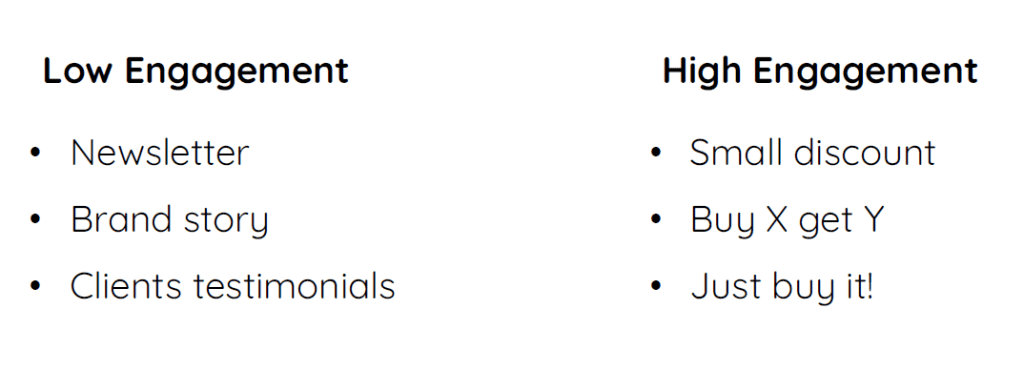
Media Optimization
The last use I wanted to discuss is related more to works of search and media in Google but it can match any media purchase where we have a large number of channels (for instance, Outbrain and Taboola).
In these campaigns, plenty of traffic is mostly required to receive the amount of conversions that allows us to make decisions regarding certain keywords. In such cases, hundreds of keywords I work with (directly or using broad match), you can make a decision based on tens of clicks, using the same intent signals as a foreseer of the quality of traffic for these keywords.
For this, I recommend generating a separate view in Analytics, which we link to the Google Ad account and define conversions according to the signal we chose. The idea of this separation is so that the conversions we crated will not “mess” our conversion data ini the main view.
After setting this up, we can relatively check any keyword in relation to other keywords in that campaign. This way, we can easily identify non-quality keywords that are wasting our clicks.
When Do We Use This Method?
- Low conversion rate
- Not enough data on every keyword
- A/B test cost is high
- Multiple channels (Placements on Google, Outbrain or Taboola)
- Expensive clicks (Google Search or LinkedIn)
When Do We Avoid Using This Method?
- High conversion rate
- No good signals (“lean” landing pages)
- Sufficient time or budget for complex experiments
To do this process in the best way possible, you should find the right intent threshold and define it in the conversion of the view we made
About Us in Fixel
Our system offers the advertisers to generate a completely automatic segmentation based on the users’ behavior in their website. Our system learns the behavior of the users in the website and creates a model of Predictive Analytics for each website.
The system’s result is events in Google Analytics and Facebook which enable advertisers to make decisions regarding the quality of their audience in an easy and simple way. In Israel, the system is used by clients such as Hot, Super-Pharm, Duty Free, Ace, Isracard. Convention guests are entitled to a unique discount by e-mail: [email protected]
About Me
Etgar Spivak, CEO and co-enterpreneur in Fixel.
Working in digital marketing area for more than 18 years, with the largest brands in Israel, managing campaigns for millions of dollars. Lecturer in the Ono Academic College and leading conventions.
Co-Author of the best-seller “Marketing in the Digital Age”. Today, managing the Fixel startup, a solution that allows advertisers to easily understand which audience in their website is genuinely interested in their products and services.
